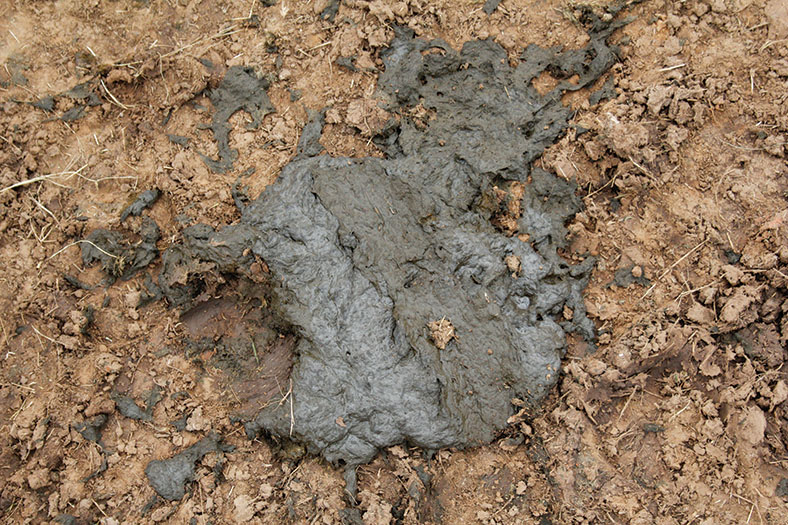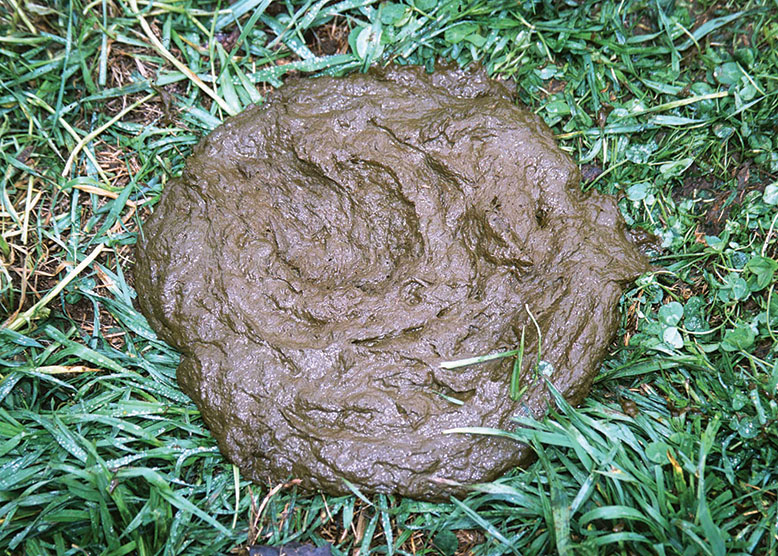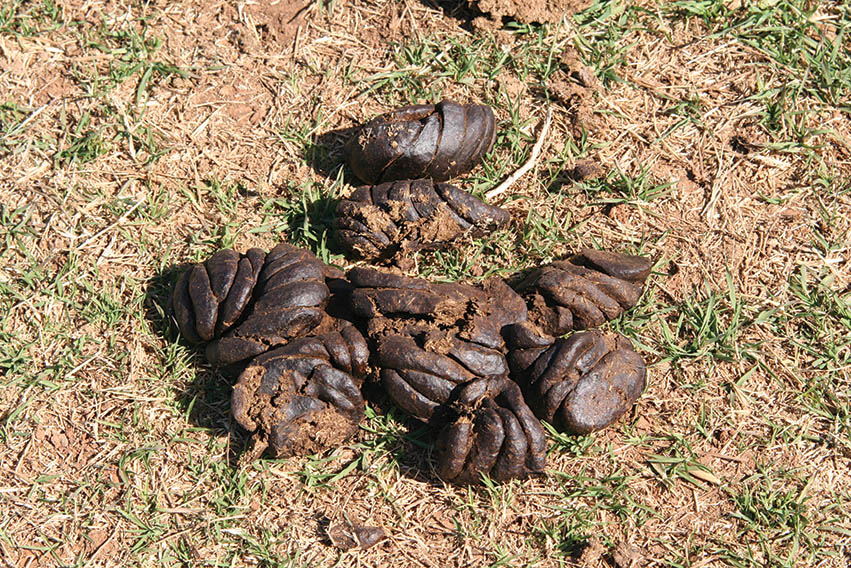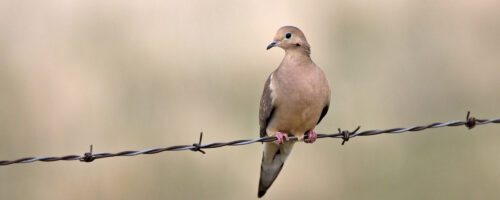Manure scoring determines supplementation needs
By October, winter is just a few pages away on the calendar. With the change in season and forages entering dormancy comes the need to pay closer attention to your supplementation strategy to ensure cows do not lose body condition.
By October, winter is just a few pages away on the calendar. With the change in season and forages entering dormancy comes the need to pay closer attention to your supplementation strategy to ensure cows do not lose body condition.
The perennial question of “How can you keep a cow from losing condition without overfeeding her?” can be answered fairly accurately by looking at the manure pat. When combined with other estimates such as forage availability and quality, a diet can be quickly changed to meet the cow’s nutrient requirements rather than waiting for body condition to fall low enough that the producer will notice a change. Manure scoring can indicate the quality of nutrition a cow has had in the past one to three days, while body condition score will indicate the nutritional history of the past several weeks to months.
Manure is scored on a 1 to 5 basis, with a score of 1 being very fluid and 5 being extremely dry and segmented. The next few paragraphs will detail each score and associated diet quality. Reference photographs have been included with approximate levels of dietary protein and energy (TDN) listed.
A manure score of 1 is of cream soup consistency. It can indicate a sick animal or a highly digestible ration that contains excess protein, carbohydrates or minerals, and low fiber. The addition of hay will slow down the rate of passage and thicken the manure.

Manure that will score a 2 doesn’t stack; the pat is usually less than 1 inch thick and will lack consistent form. This manure has the consistency of cake batter. Excess protein, carbohydrates and low fiber characterize the diets that produce this manure. Rate of passage is very high, and adding hay to this diet will slow it down to allow for more absorption in the intestinal tract.

Manure score 3 is ideal and will typically start to take on a normal pat form. The consistency will be similar to thick pancake batter. It will exhibit a slight divot in the middle. The pat will be deeper than a score 2 pat, but will not stack. This diet is not lacking nutritionally, yet is not in excess for the cow and her physiological stage.
Score 4 manure is thick and starting to become somewhat deeper, yet is not stacking. The consistency of the manure will be equivalent to peanut butter. This manure indicates a lack of degradable rumen protein, excess low quality fiber or not enough carbohydrates in the diet. Supplementation of additional protein with high rumen-degradable protein can increase total diet digestibility. Cottonseed meal and soybean meal are excellent sources of this type of protein.

The highest and least desirable score is 5. This manure is firm and stacks over 2 inches in height. It will also have clearly defined segments and is very dry. This manure indicates the cow is eating a poor quality forage diet that is inadequate for protein and carbohydrates, and high in low quality fiber. Rate of passage has slowed down to the point that excess water has been reabsorbed in the intestines. The rancher will need to consider additional supplementation to meet the cow’s protein and energy requirements.
Cattle have to be in good health for manure scoring to be accurate. Manure scoring is a valuable tool to determine the quality of nutrition the cow has recently consumed and can be used effectively to adjust supplementation to prevent loss of body condition.



Comment